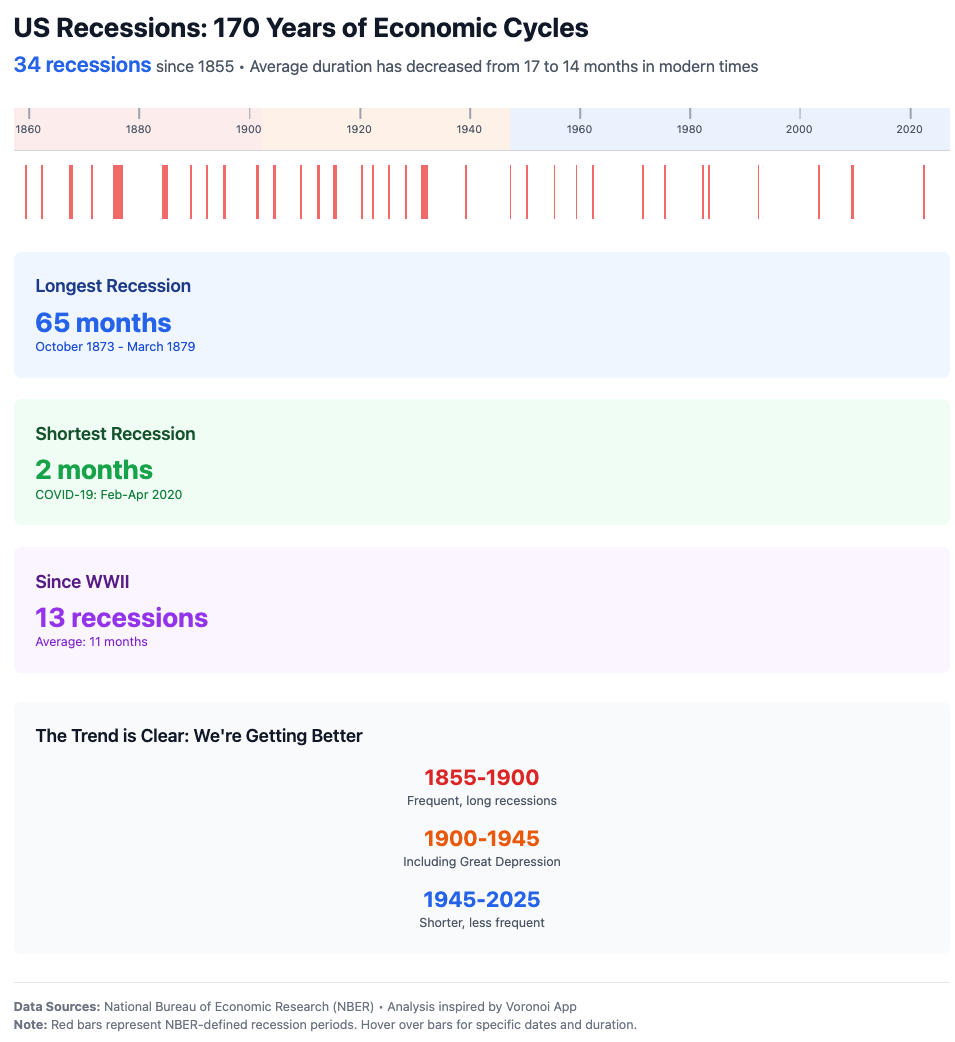Inside the Structure: How Family Offices Really Deploy Capital
- Anatoly Iofe

- Oct 14
- 4 min read

People often ask me how family offices actually make investment decisions. And it’s a fair question—because most of what gets written online misses the real story.
You can always tell when someone hasn’t been through the process themselves. They’ll talk about “pitching family offices” as if it’s a venture roadshow. In reality, it’s closer to diplomacy: quieter, slower, more personal, and much harder to fake.
Family offices aren’t mini-institutions. They’re private ecosystems—each one built around a person, a legacy, and a view of control that most institutional allocators can’t afford to have.
It Always Starts With People
Every family office, regardless of size, runs on relationships. There’s a principal—the wealth creator or next generation—supported by a small inner circle: a CIO or trusted advisor, maybe an external consultant, and one gatekeeper who filters noise.
You can’t force your way through that gate. If you get there, it’s almost always through a trusted introduction.
Once inside, every interaction is observed. How you respond to questions, how you communicate, how you handle uncertainty—it all gets noted long before the first diligence call.
These families have spent years learning to read people. They’re not scanning for data points; they’re scanning for character.
Deals Don’t Appear From Nowhere
By the time you speak, they already know who you are. Someone’s checked your background, called a peer, maybe even scanned your digital footprint. That soft diligence happens before the first “intro call.”
Cold outreach? It rarely works unless it comes wrapped in credibility—a mutual connection, a shared portfolio company, or a clear strategic reason. Family offices don’t hunt volume; they curate relationships.
I once watched a CIO spend ten minutes on a founder’s pitch deck and two weeks quietly verifying who had recommended him. The deck didn’t close the deal—the network did.
They Don’t Think in Returns. They Think in Control
Here’s where most people misunderstand family-office psychology.Venture funds chase upside. Family offices protect continuity.
They ask different questions: Who’s accountable? How do we monitor risk? What happens if this structure underperforms?
Their version of due diligence looks less like a financial model and more like a risk map. They’d rather make 12% with certainty than chase 30% with noise.
So if you approach them with growth projections and exit slides, you’re speaking a language they don’t respond to. Talk about control—reporting cadence, transparency, alignment of incentives. Show how you manage drawdowns, not just gains. That’s how you build trust.
The Process Is Rhythmic, Not Linear
Inside a family office, decision-making doesn’t run on calendars—it runs on conviction.
A CIO might mention an idea during a lunch meeting. The principal thinks about it over a weekend. A few days later, there’s a call: “Let’s dig in.” Then silence. Then, suddenly, “We’re ready to move.”
There’s no formal investment committee deck. No fixed schedule. No “rounds of approval.”The process is elastic.
When they trust you, things move fast—capital can be wired within weeks. When they don’t, nothing happens, and you’ll never get a “no.” The conversation simply stops.
That’s not rudeness—it’s risk control.

The Fastest Way to Lose Them
Over-selling is a killer. So is pretending to know everything. I’ve seen capable professionals talk themselves out of meaningful relationships by performing instead of communicating.
Family offices don’t expect perfection; they expect authenticity. They know risk is part of the game. What they want to see is judgment—how you think, how you make decisions, how you react when something breaks.
And once you start sounding like you’re “selling,” they quietly disengage.
They also value clarity more than style. If you can’t explain how you’ll report performance or manage communication, you’ll lose their confidence. Transparency isn’t a feature—it’s the baseline.
What Success Actually Looks Like
When it works, it doesn’t feel like a pitch. It feels like alignment.The conversation shifts from “why you” to “how we.”
I’ve seen it happen between a U.S. real estate operator and a Gulf-based family office. What sealed it wasn’t the model; it was shared philosophy.
Both sides valued conservative leverage and legacy-oriented planning. Once trust was there, the capital moved quickly—and so did introductions to other families.
That’s the pattern: one success leads to more. Families expand relationships with people who make their world easier to navigate.
Different Rhythms: U.S. vs. GCC Family Offices
The fundamentals are the same everywhere—trust, control, alignment—but the rhythm changes by region.
In the U.S., family offices tend to be more institutionalized. They hire professional teams, use formal governance, and rely on structured due diligence. The tone is analytical. They prefer smaller, minority positions and expect disciplined reporting. It can take months of back-and-forth before anything moves—but once it does, relationships endure for years.
In the GCC, the process is more personal. There’s a premium on face-to-face connection and loyalty. The family itself—not just the office—needs to feel a sense of chemistry. Meetings often begin with context, not pitchbooks. Trust builds faster once you’re inside the circle, but loyalty expectations are higher.
U.S. families ask, “Does this make sense?”GCC families ask, “Do I trust this person with my name?”
Both can move serious capital—but only once they see alignment not just in numbers, but in intent.
The Takeaway
Family office capital isn’t mysterious. It’s deeply human. It rewards patience, clarity, and humility more than theatrics.
If you treat it like an investor roadshow, you’ll be ignored. If you treat it like a long-term partnership, you’ll find that this is the most stable, strategic capital in the world.
Download the Family Office Capital Checklist
Before approaching any family office, make sure your story, structure, and communication are ready for real capital.This one-page checklist will help you assess your readiness before the first meeting.




